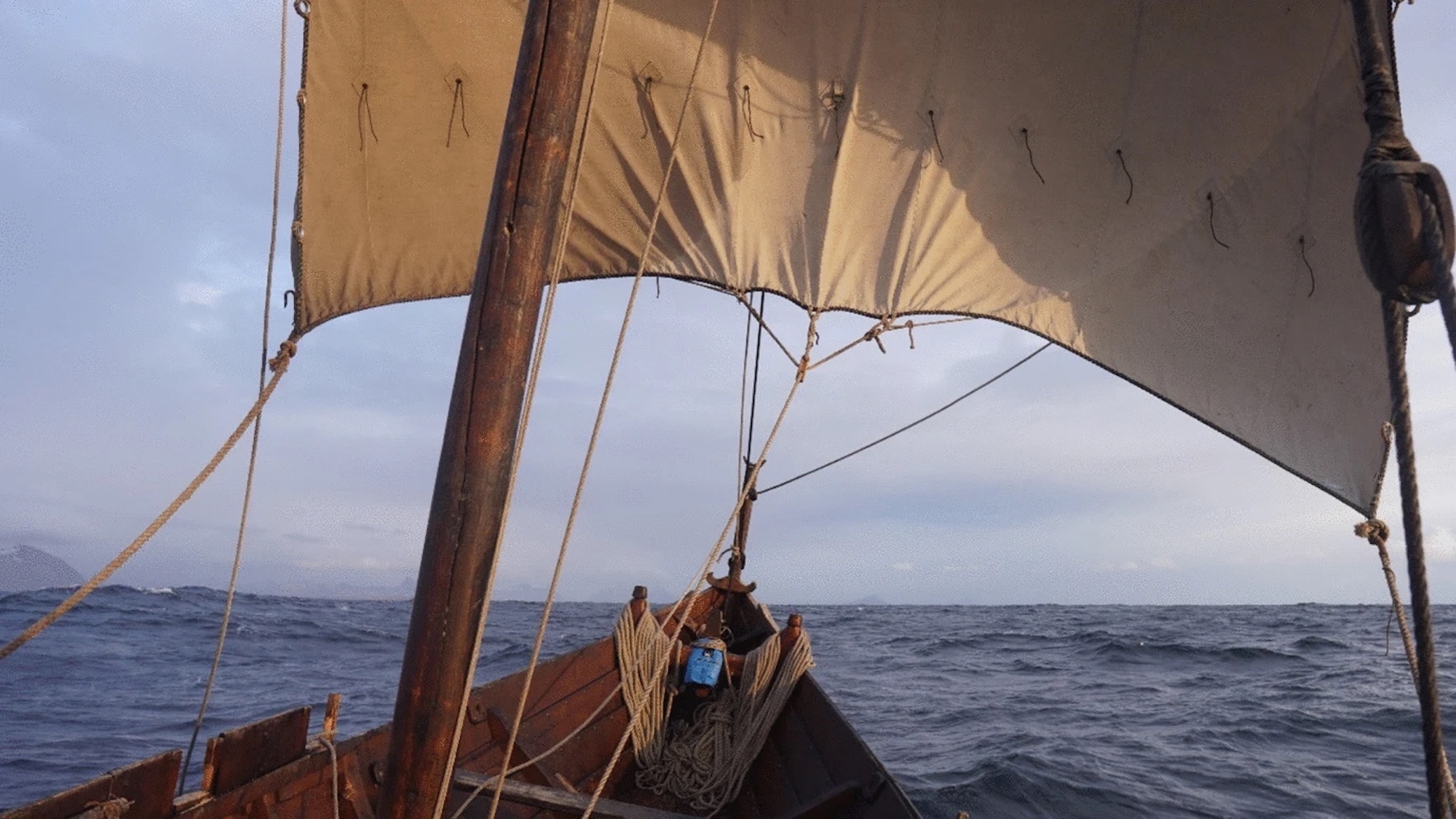Now Reading: Archaeologists Set Sail to Explore Viking Ship Mysteries
-
01
Archaeologists Set Sail to Explore Viking Ship Mysteries
Archaeologists Set Sail to Explore Viking Ship Mysteries

Rapid Summary
- Archeologist Greer Jarrett has used historically accurate Viking ships to explore and understand Viking Age maritime practices.
- His recent study suggests Vikings relied on a decentralized network of smaller ports, or “havens,” across Scandinavian islands instead of concentrated trading outposts.
- Since 2022, Jarrett’s crew has sailed over 3,100 miles including historic routes along Norway’s coast, the baltic Sea, and the Kattegat waterway.
- These voyages utilized mental maps based on cultural myths tied to coastal landmarks known as a “Maritime Cultural Mindscape.”
- Sailing challenges included underwater currents, katabatic winds, cold weather in Arctic regions like lofoten Islands, and equipment failures that were solved using period-specific materials.
- The study identified four potential sites along Norway’s coastline that may have served as Viking havens for docking vessels and conducting trade.
Read More: https://www.popsci.com/science/viking-ships-archeologist/
Indian Opinion Analysis
The findings from Greer Jarrett’s research offer valuable insight into ancient decentralized networks for trade-an arrangement notably relevant when considering India’s rich history wiht similar practices. Much like Vikings depended on dispersed havens for commerce amid challenging landscapes,ancient India thrived using informal trading nodes spanning river systems and coastal areas. The methodological approach-combining historical documentation with geospatial analysis-is notable and could inspire further studies of India’s maritime heritage.
India could learn from this example when examining its own ancient seafaring traditions by employing interdisciplinary tools to reconstruct past trading networks including those extending through the Indian Ocean. Such studies are meaningful not only academically but also in informing lasting economic models rooted in regional heritage while promoting tourism tied to historical ports.
The global connections explored here also highlight early evidence of inter-regional cooperation-a viewpoint valuable given modern India’s strategic focus on building ties across international waters such as its Act East policy aimed at Southeast Asia. This research underscores how understanding historical navigation systems might provide lessons for contemporary connectivity strategies in both infrastructure design and geopolitical planning.























